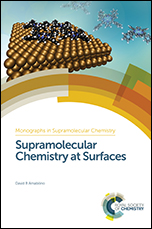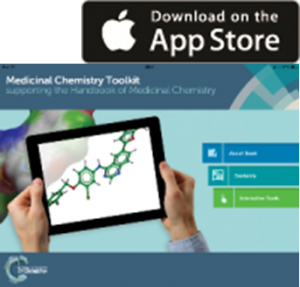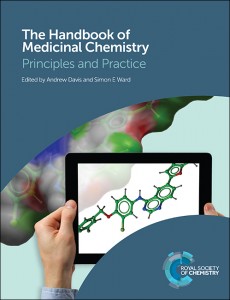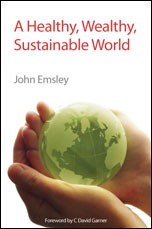Keeping up with the literature can be time consuming, if not a little daunting; the daily influx of email alerts and RSS feeds can feel like drinking from a fire hydrant, Sometimes it is helpful to view the literature from a different viewpoint; a full appreciation of recent developments and breakthroughs can only be gained when examining the literature as the bigger picture.
As a solution to this, the Royal Society of Chemistry has been publishing Specialist Periodical Reports for more than four decades. Published annually online and in print, each volume is dedicated to a particular scientific discipline, and comprises of critical and comprehensive reviews of the recent literature.
The series is overseen by an editorial board of renowned experts in the field. Chapter authors are hand-picked by the editors, guaranteeing informed and respected opinion throughout. Coverage of the literature is excellent, each chapter typically cites between 150-300 papers, providing the reader with a comprehensive view of the latest progress in their field.
In addition to several long-standing volumes in the series, the Royal Society of Chemistry is pleased to announce the following new titles:
Electrochemistry
First published in the 1980’s, Electrochemistry returned in 2012 with new volume editors Professor Richard Compton (University of Oxford, UK) and Professor Jay Wadhawan (University of Hull, UK). The latest volume covers a broad range of topics, all with an emphasis on the nano aspects of electrochemistry.
Nanoscience
Launched in 2012, and with volume two publishing in December 2013, Nanoscience ensures readers will be well-versed in the latest research and methodologies. Some of the invited chapters present a special focus in emerging countries working in the field, such as India and China. The volume is overseen by editors Professor Paul O’Brien FRS (University of Manchester, UK) and Professor P John Thomas (University of Bangor, UK).
Synthetic Biology
Launching in early 2014, this new SPR will present a digest of the cutting-edge of this emerging field. As with any multi-disciplinary field, there is an immense and rapidly-growing body of literature concerning synthetic biology, with several dedicated journals now available. The series editors, Max Ryadnov (National Physical Laboratory, UK), Luc Brunsveld (Eindhoven University of Technology, The Netherlands), and Hiroaki Suga (University of Tokyo, Japan) are active in the field, ensuring that the most valuable information is presented in an authoritative manner.
Read Online!
SPRs are included in the RSC eBook collection, and are indexed in Scopus and the Thomson Reuters Books Citation Index. Purchasers of the print edition are entitled to free online institutional access via the registration card included in each volume. Both the first chapter of each volume and the table of contents are always free to view.
Read Nanoscience and Electrochemistry today!
![]()















